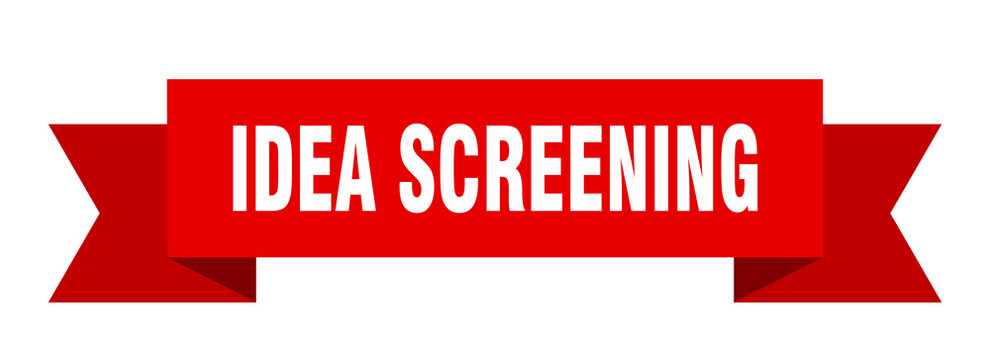Too many newly released products fail, as we all know. Brands can enhance product potential by better understanding market/consumer needs from the beginning, thanks to the availability of cost-effective, quick turnaround online testing earlier in the product lifecycle.
Brands may use this understanding to generate product and service concepts that are better fit and have a better chance of success by determining the most significant demands and possible market gaps and turning these into stronger ideas. In this article we will share with you the top tips for needs identification and idea screening.
Here are our top tips:
In most cases, a combination of qualitative and quantitative methodologies will be used. Before testing statistically to identify which ideas have the most potential, the qualitative investigation will uncover the most essential demands and market/product gaps and enable co-creation on concepts that satisfy those needs. Both can be completed online, which saves time and money.
Internal perspectives, such as adding things made by your internal product and innovation teams, should be added to the needs and ideas established in the qualitative phase and tested quantitatively.
We recommend targeting a broad survey audience at this early stage in the product lifecycle to acquire the most comprehensive picture of prospective requirements or ideas. Users from both categories and non-categories should be considered (although you probably want to exclude outright category rejecters). You can always validate what your core audience believes vs. the wider market if you gather subpopulation context.
A sequential monadic survey approach, in which a participant views and assesses many needs/ideas per survey, is the most practical and cost-effective option. However, we recommend a maximum of 5 per respondent to avoid exhaustion and ensure quality. They should be shown in a random order across the sample.
Text statements are most likely to be used when testing is required. ‘I’d want to eat cereal on the go, but cereal bars aren’t healthy and contain too much sugar,’ is a simple example of unmet demand. Text phrases and/or visuals could be used as ideas. ‘A new cereal bar without added sugar but sweetened by natural honey or coconut blossom sugar,’ for example, maybe a basic example relating to the requirement statement.
Any text remarks should be brief (a couple of phrases at most) and stated in layman’s terms (the qualitative phase can help with this). High-resolution images should be used. Because visual images are often rated higher than text, the selection of stimulus type should be constant per survey to avoid wrong and incomparable results.
The results of your survey may identify the most important needs/ideas that need to be developed further. If it isn’t apparent, online qualitative forums might help you figure out why and fine-tune your options. This could apply to items that you or your team expected would perform better than they did, or to items that are innovative but need to be modified to achieve their full potential.

